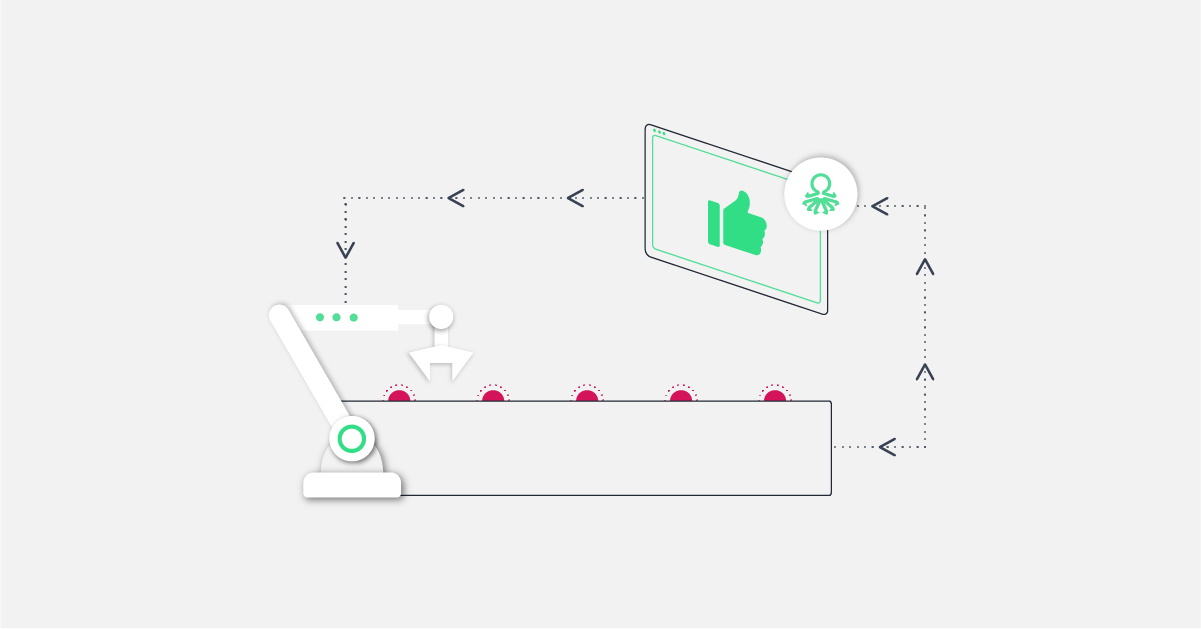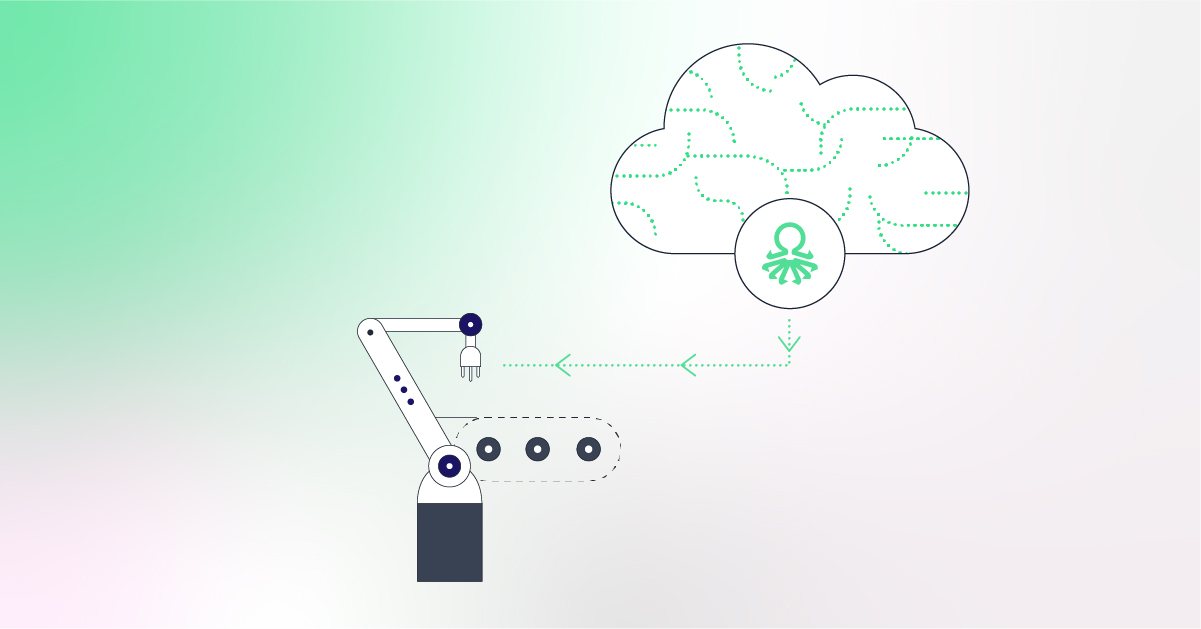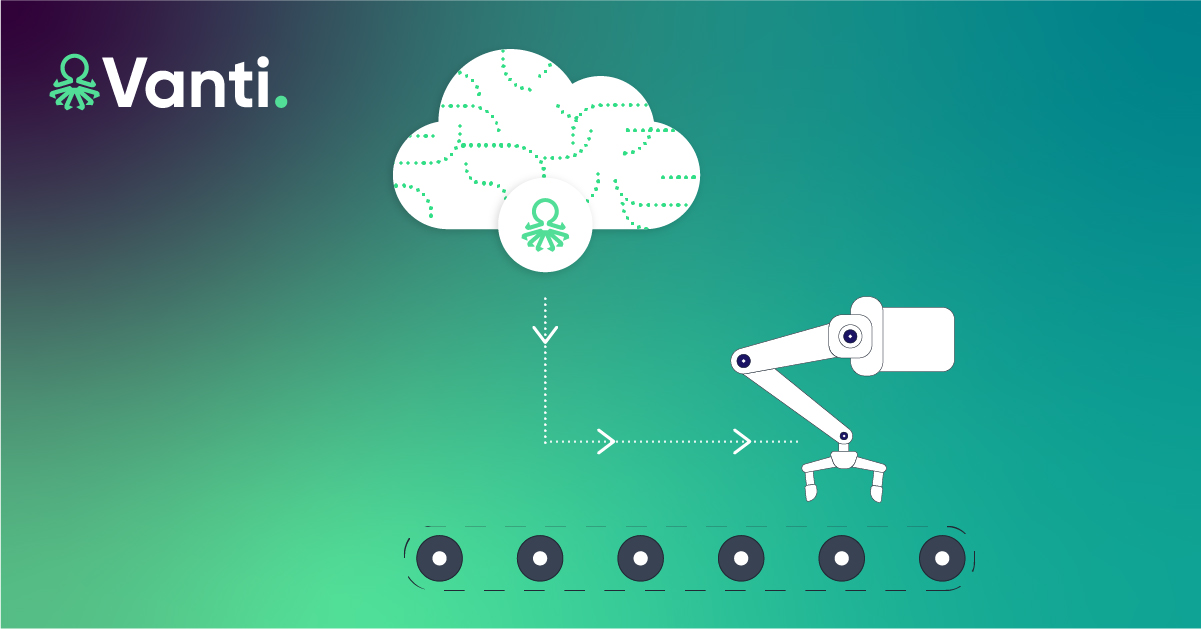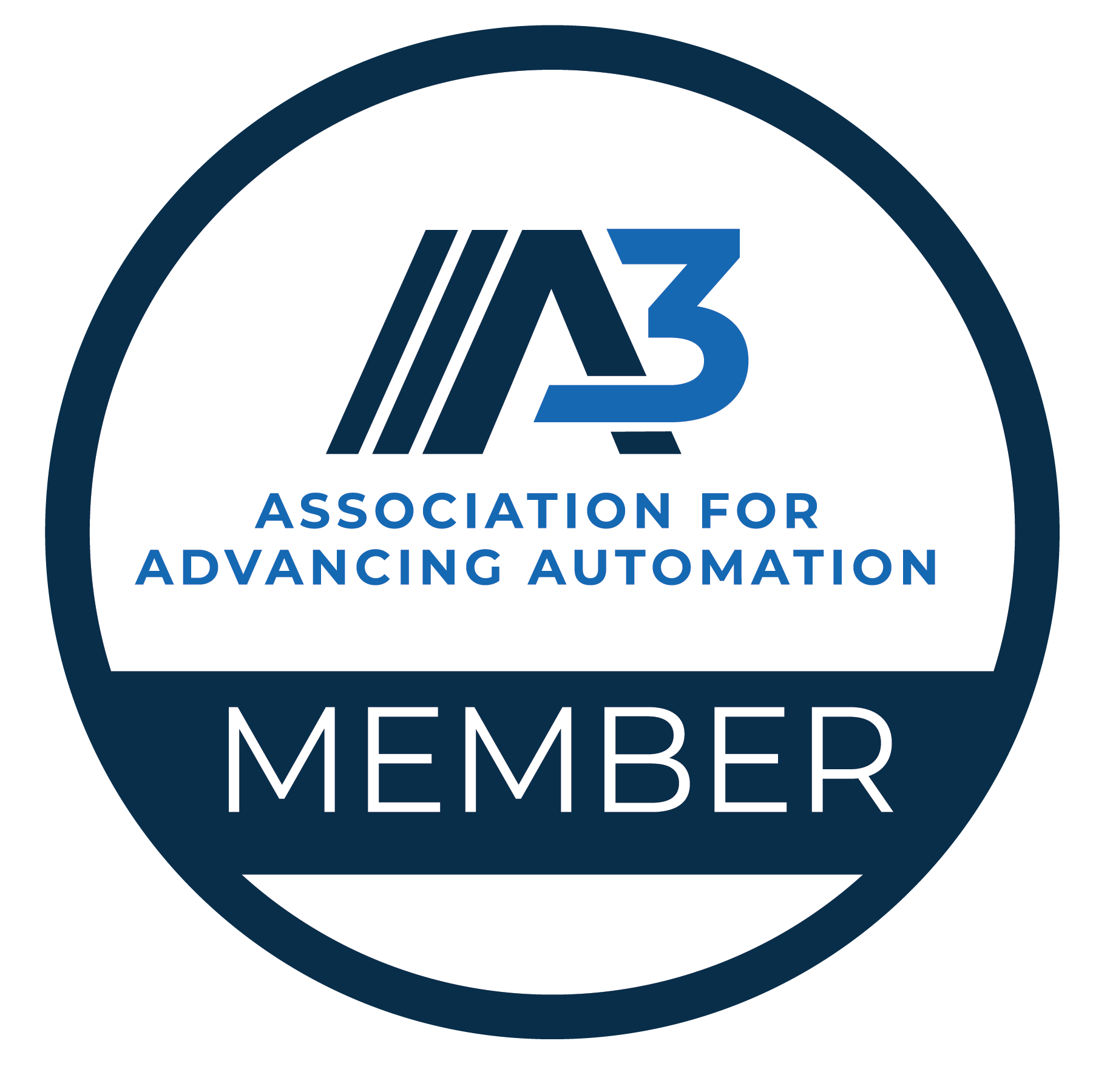Producing quality products is of the utmost importance for any manufacturer. An important element of ensuring quality is visual inspection, otherwise known as optical inspection. This process has traditionally been carried out by humans, but recent advances in AI in the manufacturing industry have revolutionized this quality control process.
Manufacturers across all industries, especially in electronics and automotive manufacturing, are embracing using an automated optical inspection system to ensure product quality.
Today, we’re going to discuss exactly what automated optical inspection is and how it overcomes problems that have plagued visual inspections since the beginning. Is your business ready to embrace automated optical inspection?
What is Automated Optical Inspection?
Optical inspection is a method of quality control that has been employed since the early days of the assembly line. The purpose of optical inspection is to detect faults and gather data that can be used in root cause analysis.
We can safely say that all industries use some form of optical inspection. However, the latest advances in artificial intelligence and image recognition have given way to a host of new solutions that carry out automated optical inspection in manufacturing. Industries that are quick to embrace these new advances, such as electronics manufacturing, are already reaping the rewards.
So, what exactly is automated optical inspection? It’s a method of quality control that detects defects and performs assessments based on machine learning models. The purpose is to determine whether the target unit has any defects present that will negatively impact the resulting product.
The Problems with Manual Inspection
Manual visual inspection was the precursor to automated optical inspection, and manual inspection has served the manufacturing industry well in the past. If it worked, why make a change?
There are two ways that manual inspection negatively impacts the bottom line: missing defects, and false positives. Failing to identify a defect leads to loss of quality, while false positives cause unnecessary waste and increases costs.
Numerous factors also exist that impact the abilities of a manual inspector. Tiredness, fatigue, mood changes, and social dynamics can all influence the abilities of manual inspectors to adequately perform their jobs.
One notable issue that is entirely inescapable is that the human eye is easily tricked, as we can see by finding any optical illusion image. An image can be created that makes straight lines look curved, or white dots look black. While these illusions are intentionally designed to trick the eye, they highlight flaws in our own vision that can impact visual inspection.
Machine Learning and Automated Optical Inspection
Every issue that accompanies manual inspection is solved by automated optical inspection. That’s a bold statement, but when you remove the human element from the equation, all human-related problems are also removed.
The key to automated optical inspection is coupling deep learning and machine vision. This enables manufacturers to build smart systems that are able to perform incredibly thorough quality checks down to the smallest detail. It’s one reason why optical inspection in electronics is considered a requirement.
It’s worth noting that we aren’t talking about walking and talking androids standing around assembly lines. The truth is that minimal physical equipment is required to carry out automated optical inspections. The real power comes from deep learning, which involves image acquisition, preprocessing, extraction of features, image classification, and other processes. We can summarize all of these processes by simply calling it “image recognition.”
Deep learning is quite complex, but to quickly summarize, it makes use of neural networks that contain thousands of layers that are designed to recreate human-level intelligence when it comes to distinguishing defects in materials or parts.
The essence of deep learning, and why it surpasses older learning algorithms, is that it’s a program that can learn by example. Combined with relatively low-cost equipment, it can work wonders in carefully identifying flaws. It goes beyond that, though, as the right solution can distinguish trends, make predictions, and even make decisions. Machine learning for manufacturing process optimization is another use case for this unique technology.
It’s Time to Embrace Automated Optical Inspection
Deep learning and machine vision create an impressive automated visual inspection system that greatly surpasses older inspection methods. It’s faster, more reliable, increasingly accurate, and entirely independent of environmental conditions.
Automated optical inspection is undoubtedly the wave of the future. Manufacturers that adopt these new systems are poised to outpace their competition as they increase productivity and quality while reducing costs.
Are you ready to learn how to make the most of your existing data? Book a demo with one of our optical inspection specialists and see how Vanti can help you boost your productivity.





